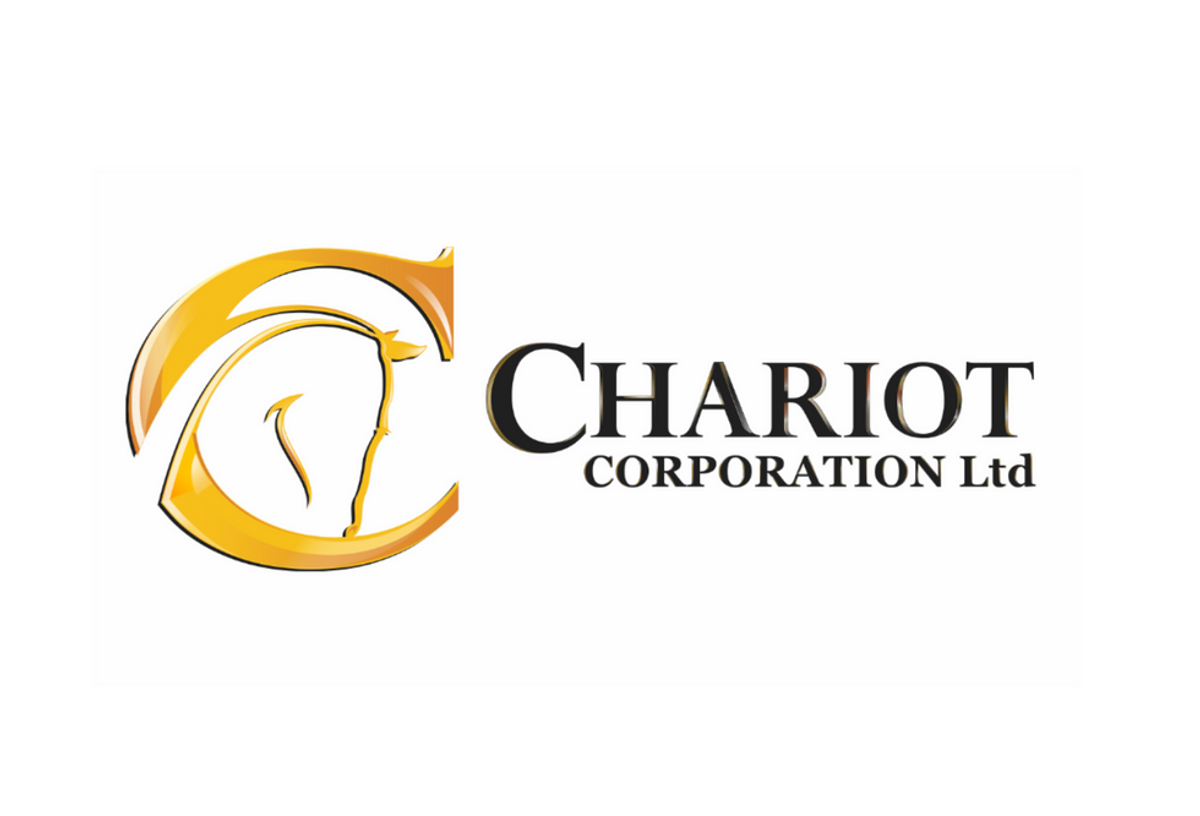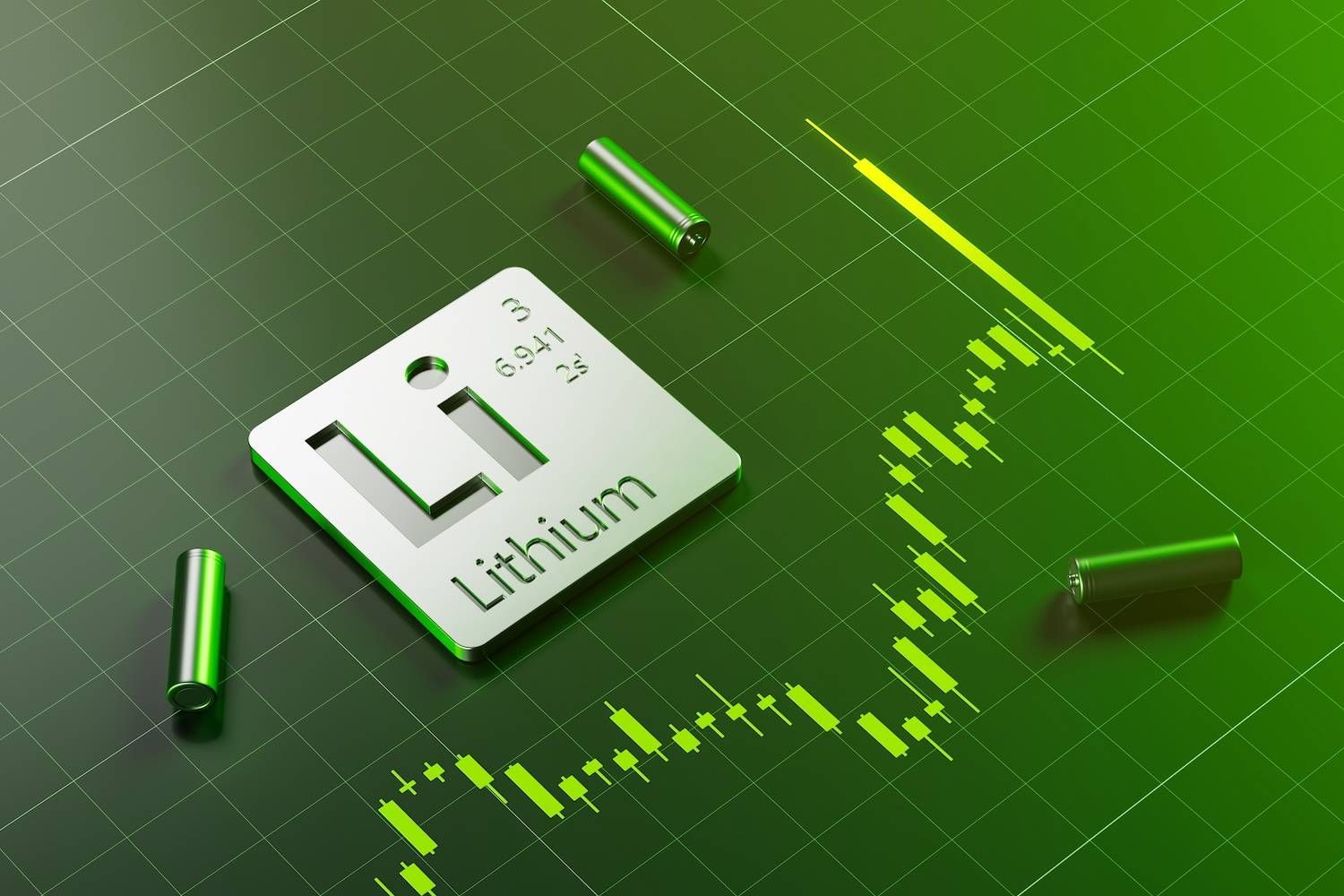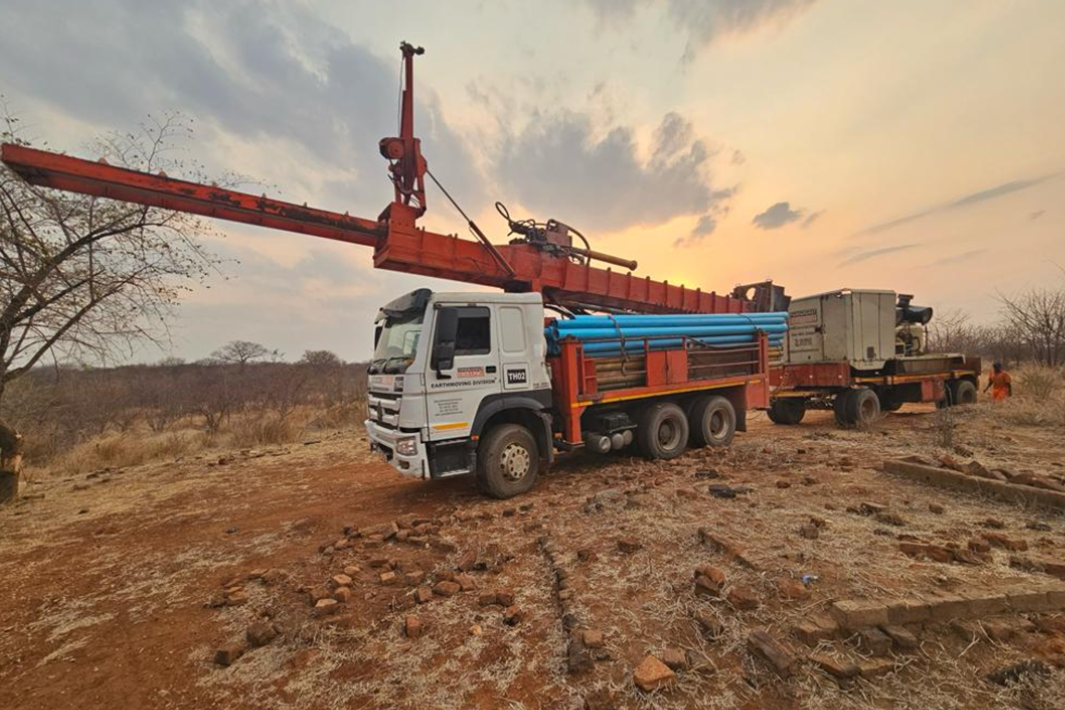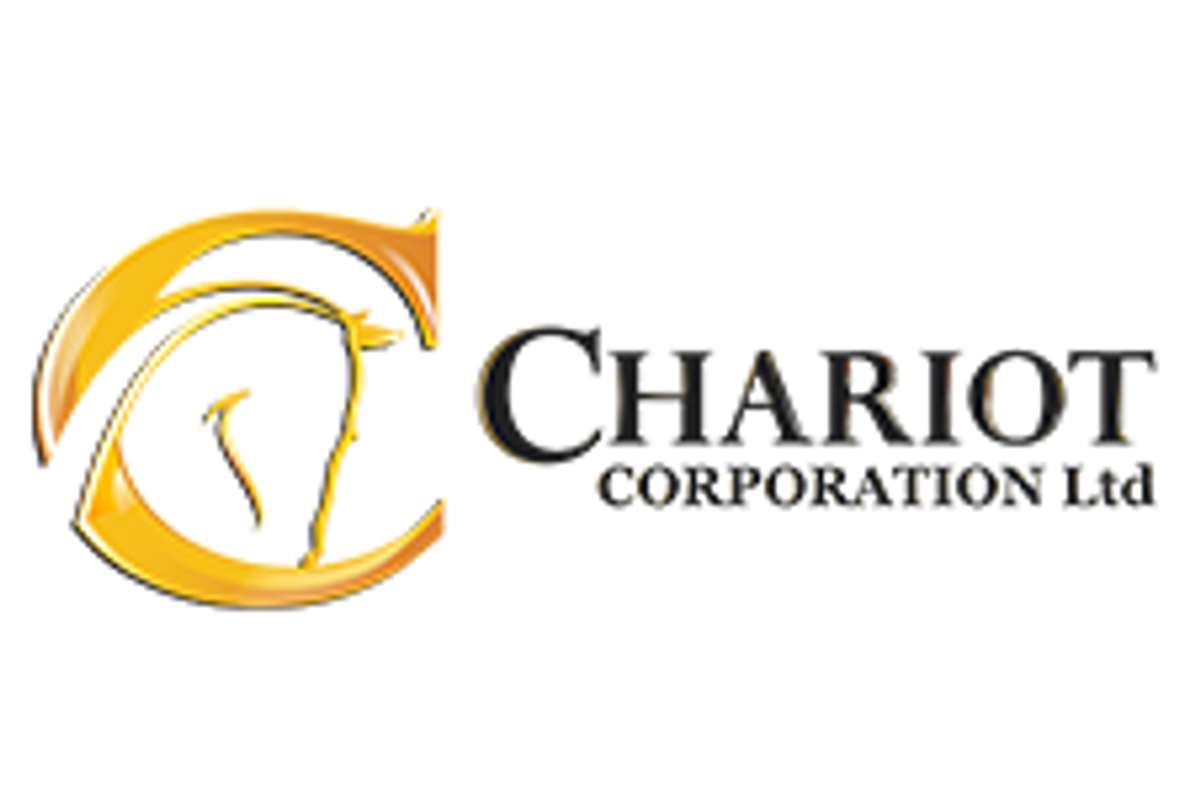
December 01, 2023
Chariot Corporation (ASX:CC9) targets both hard rock lithium in Wyoming and claystone lithium in Nevada and Oregon. Its Black Mountain Project in Wyoming has shown significant mineralization with grades of up to 6.68 percent Li2O from rock chip samples. The company holds six other hard rock projects in Wyoming with 443 claims covering 3,585 hectares.
Chariot’s Resurgent project holds the second largest land position in the McDermitt Caldera, which hosts the two largest lithium resources discovered to date (Thacker Pass 19.1 million tons (Mt) lithium carbonate equivalent (LCE) and McDermitt 21.5 Mt LCE). The recent $650-million investment in Thacker Pass by General Motors indicates interest from automakers looking to secure a supply of battery raw materials. The McDermitt Caldera’s size and scale potential present an opportunity for Automotive OEMs, battery manufacturers and others to obtain large-scale supply to meet their growth plans.
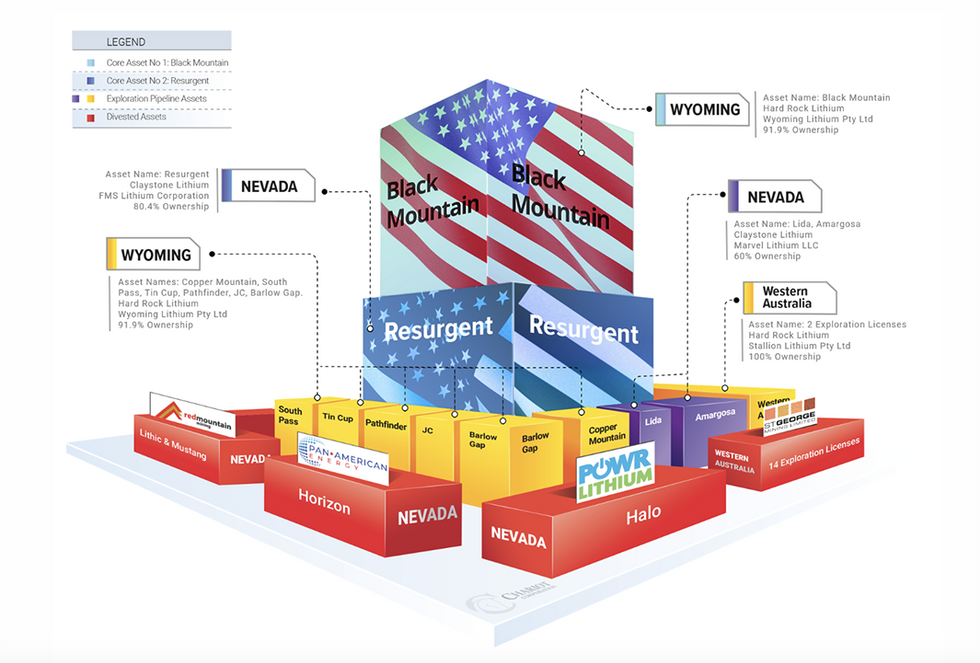
Chariot has been actively focusing on creating value through the divestment of selected lithium assets. Four assets have been divested through sale and/or option agreements with publicly listed companies. These transactions, assuming the existing options are exercised, may generate up to an estimated US$5.1 million in cash and stock-based consideration, in addition to future royalty payments for Chariot. The company currently has four additional projects that may be potential divestment opportunities, including Lida and Amargosa (Nevada), Mardabilla (Western Australia) and Nyamukono (Zimbabwe).
The company believes its two core projects, Black Mountain and Resurgent, represent early, prospective lithium opportunities in the United States.
Company Highlights
- Chariot Corporation Limited is a mineral exploration company focused on discovering and developing high-grade and near-surface lithium opportunities in the U.S.
- Chariot holds the largest land position for lithium exploration in the U.S. with hard rock lithium and claystone hosted lithium exploration assets.
- The company commenced trading on the ASX in October 2023 after closing a highly sought-after and oversubscribed A$9 million initial public offering (which is in addition to A$14.8 million being raised privately to assemble the portfolio).
- It is currently focused on its two core projects in the US: (1) the Black Mountain Project, a hard rock lithium project located in Wyoming; and (2) the Resurgent Project, a claystone lithium project located in Oregon and Nevada.
- The Black Mountain Project has had two-rounds of rock chip sampling which resulted in 22 rock chip samples collected with 10 of these samples returning assay results greater than 2.00% lithium oxide (Li2O) with the highest value being 6.68% Li2O. The Resurgent Project has had multiple rounds of rock-chip sampling with 289 samples being collected and returning values as high as 3,865 ppm lithium. The initial surface rock-chip sampling programs demonstrate the presence of lithium mineralization at surface.
- In addition to the core projects, Chariot holds an exploration pipeline of six projects in Wyoming including Copper Mountain, South Pass, Tin Cup, Barlow Gap, Pathfinder and JC projects. These projects are prospective for hard rock lithium.
- The company’s portfolio includes several additional projects prospective for hard rock (Western Australia and Zimbabwe) and claystone lithium (Nevada, U.S.A.).
- Chariot also holds interests in several projects that have been either sold or conditionally divested through option agreements to publicly listed companies. These include assets such as Halo, Horizon, Lithic & Mustang, and the Western Australia Lithium portfolio. Each of the divested projects are operated by a publicly listed counterparty and depending upon the particular transaction, the projects generate additional revenue for Chariot in the form of future payments and royalties.
- Chariot offers investors exposure to the nascent and rapidly growing U.S. lithium market.
This Chariot Corporation profile is part of a paid investor education campaign.*
Click here to connect with Chariot Corporation (ASX:CC9) to receive an Investor Presentation
CC9:AU
The Conversation (0)
07 February
Chariot Corporation
Largest lithium exploration land holdings in the US
Largest lithium exploration land holdings in the US Keep Reading...
27 March
Second Amendment to Black Mountain Purchase Option
Chariot Corporation (CC9:AU) has announced Second Amendment to Black Mountain Purchase OptionDownload the PDF here. Keep Reading...
26 March
Convertible Note Financing of up to A$2.0 Million
Chariot Corporation (CC9:AU) has announced Convertible Note Financing of up to A$2.0 MillionDownload the PDF here. Keep Reading...
18 February
High-Potential WA Lithium & Gold Tenements Secured
Chariot Corporation (CC9:AU) has announced High-Potential WA Lithium & Gold Tenements SecuredDownload the PDF here. Keep Reading...
31 January
Quarterly Activities/Appendix 5B Cash Flow Report
Chariot Corporation (CC9:AU) has announced Quarterly Activities/Appendix 5B Cash Flow ReportDownload the PDF here. Keep Reading...
26 November 2024
Black Mountain Phase 2 Program has Commenced
Chariot Corporation (CC9:AU) has announced Black Mountain Phase 2 Program has CommencedDownload the PDF here. Keep Reading...
24 December
Altius Minerals to Expand Portfolio with C$520 Million Lithium Royalty Deal
Altius Minerals (TSX:ALS,OTCQX:ATUSF) is making a bet on a lithium market recovery, agreeing to acquire Lithium Royalty (TSX:LIRC) in a C$520 million deal that will expand its exposure to battery metals.Under a definitive agreement announced by the two companies on Monday (December 22), Altius... Keep Reading...
23 December
Liontown's First Tjiwarl Member Completes Apprenticeship at Kathleen Valley
Liontown (ASX:LTR,OTC Pink:LINRF) has reached a milestone at its Kathleen Valley operations, with Vaughan Harris becoming the first Tjiwarl community member to complete an apprenticeship with the company.“Being the first Tjiwarl apprentice to complete an apprenticeship here at Liontown feels... Keep Reading...
22 December
Lithium Market 2025 Year-End Review
The global lithium market endured a bruising 2025, with persistent oversupply and softer-than-expected electric vehicle (EV) demand driving prices for the battery metal to multi-year lows.Lithium carbonate prices in North Asia slipped below US$9,550 per metric ton in February — their weakest... Keep Reading...
11 December
Mining the Gap: 5 Forces Shaping North America’s Lithium Supply Chain
A convergence of industry investments, government initiatives and a shifting global trade dynamic is creating an environment ripe for the development of a North American battery supply chain, with lithium playing a leading role. These trends are reshaping the region’s industrial base and opening... Keep Reading...
10 December
Rock Bottom: Strategic Window for Ground-level Lithium Investment
When lithium prices hit bottom, savvy investors know that’s exactly where the next big discovery begins — literally. Beneath the surface of global markets and remote exploration grounds, new opportunities are forming in the wake of a sharp price reset and renewed geopolitical urgency.Recent... Keep Reading...
10 December
Liontown Resources Pens Lithium Offtake Agreement with China's Canmax
Liontown Resources (ASX:LTR,OTC Pink:LINRF) has executed a binding offtake agreement with Chinese conglomerate Canmax Technologies (SZSE:300390) as part of its strategy to diversify its customer base.“Listed on the Shenzhen Stock Exchange, Canmax is one of the world’s leading manufacturers of... Keep Reading...
Latest News
Interactive Chart
Latest Press Releases
Steadright Grants Stock Options
24 December
Silverco Confirms No Material Change
24 December
Related News
TOP STOCKS
American Battery4.030.24
Aion Therapeutic0.10-0.01
Cybin Corp2.140.00

